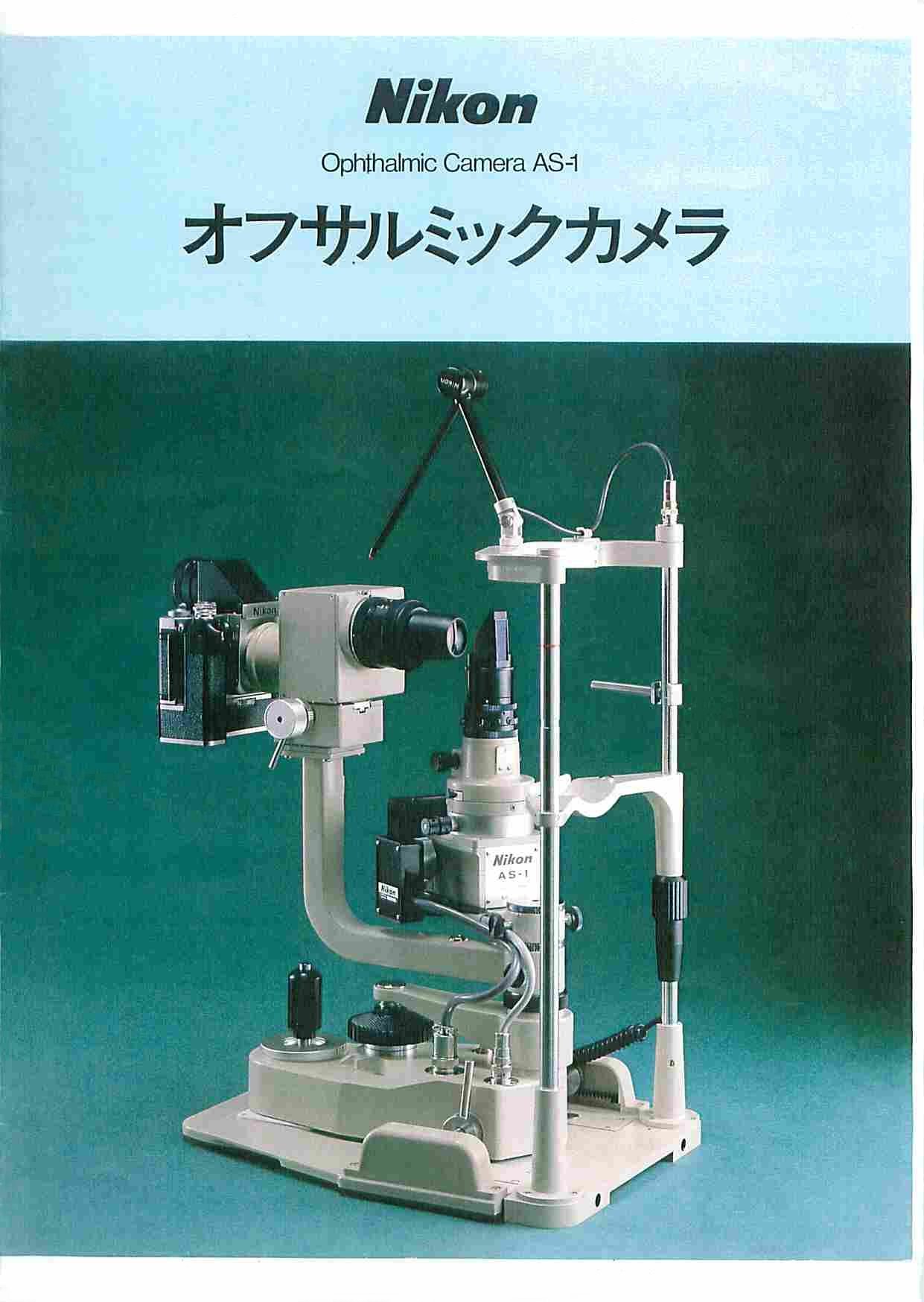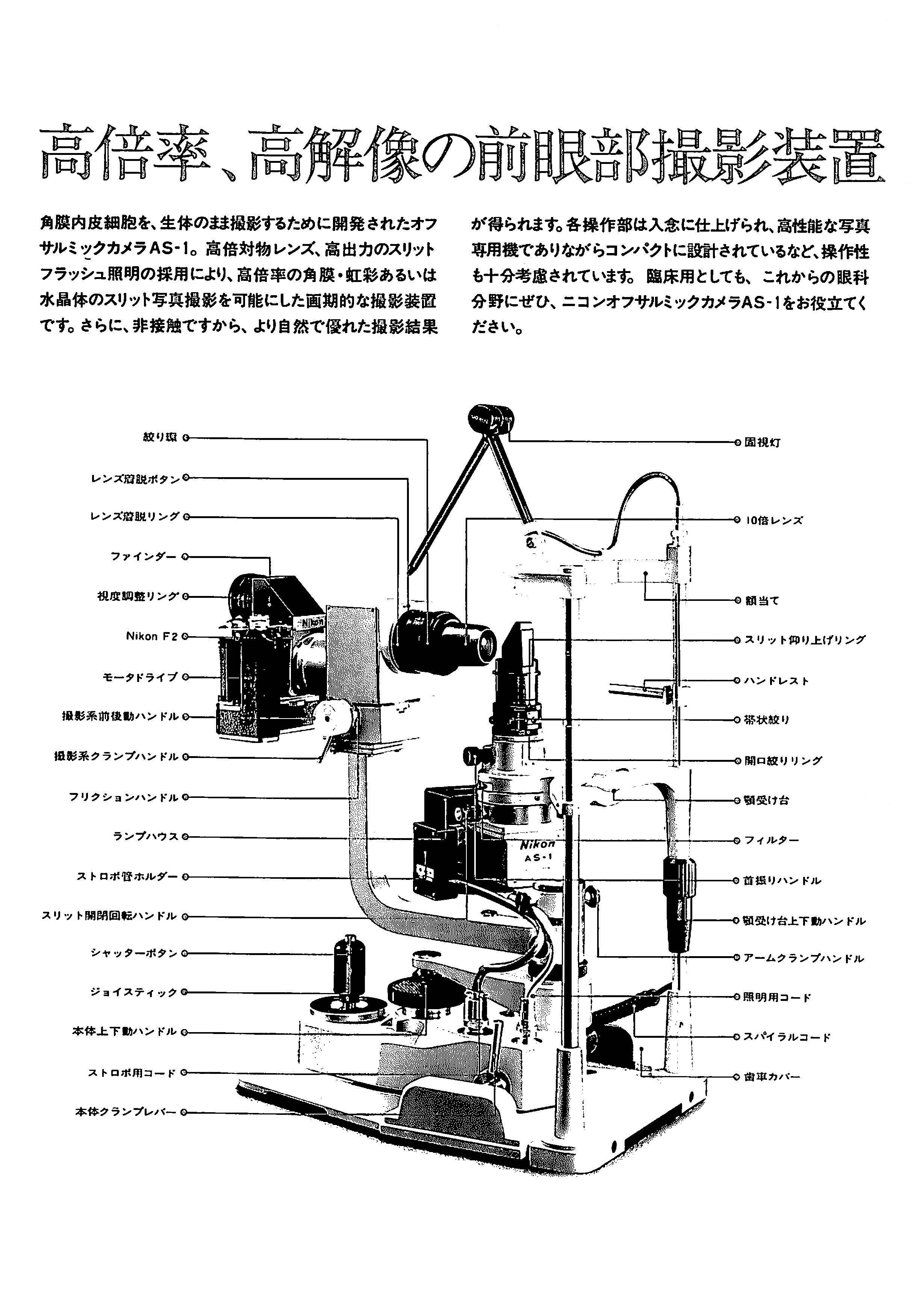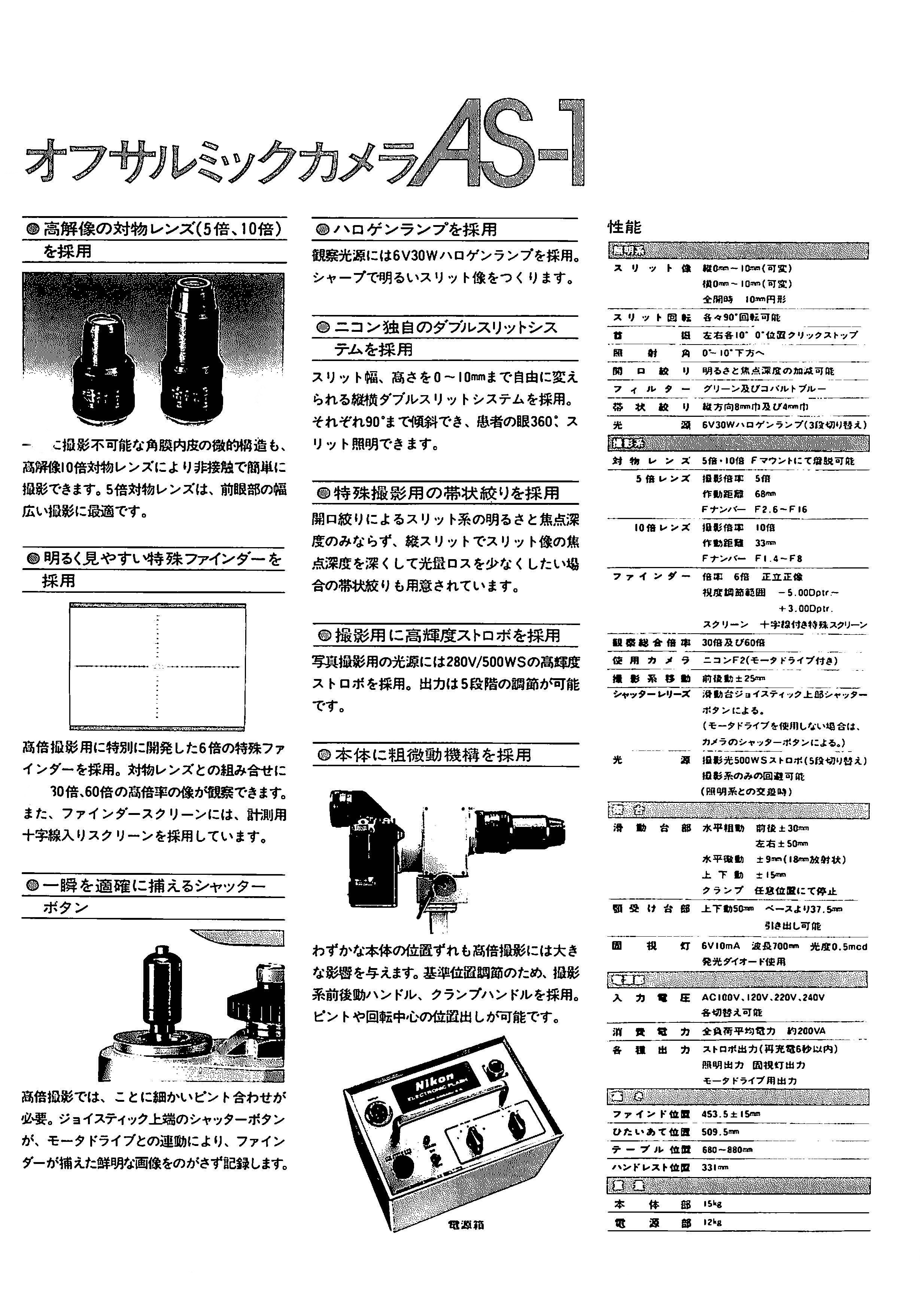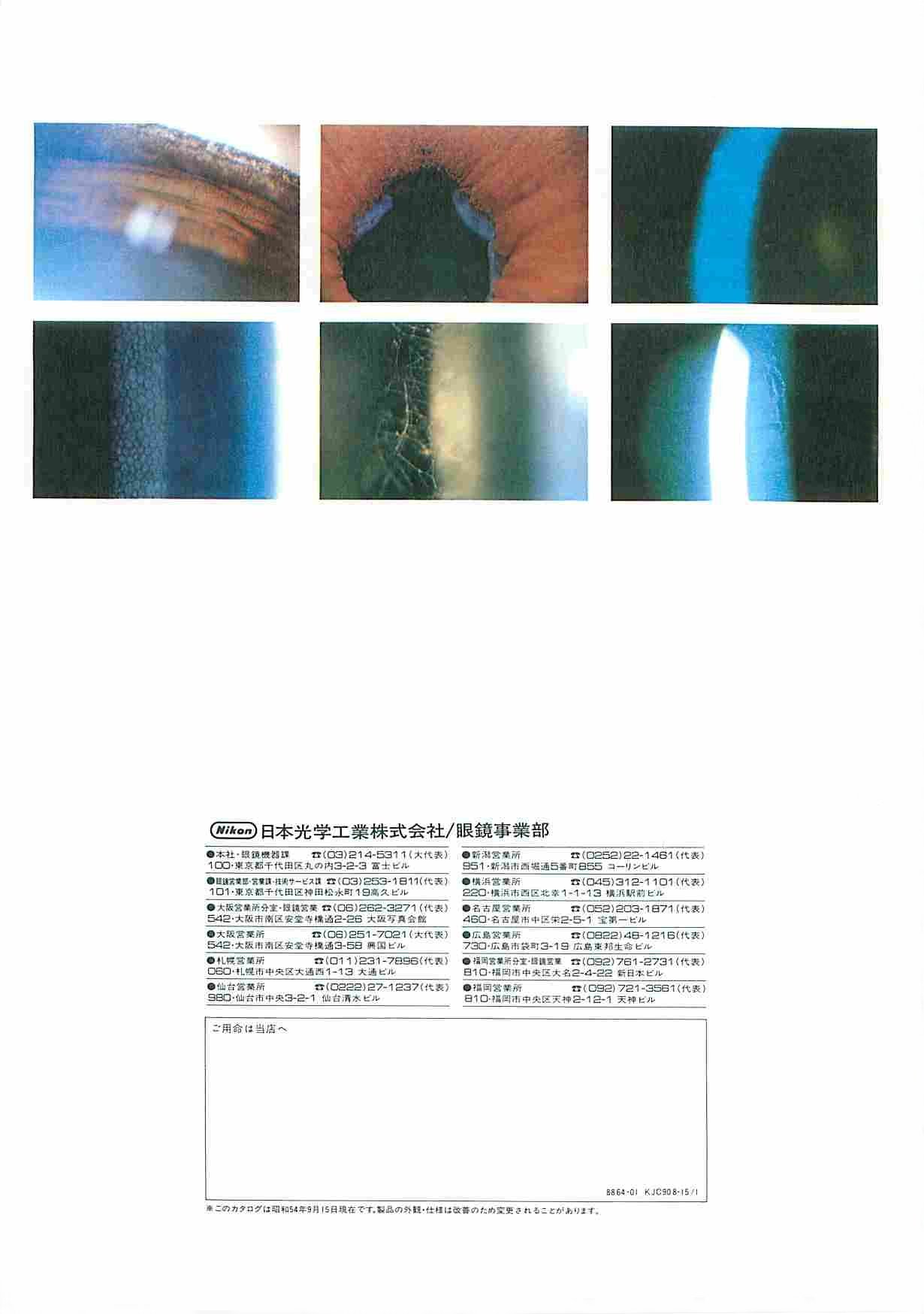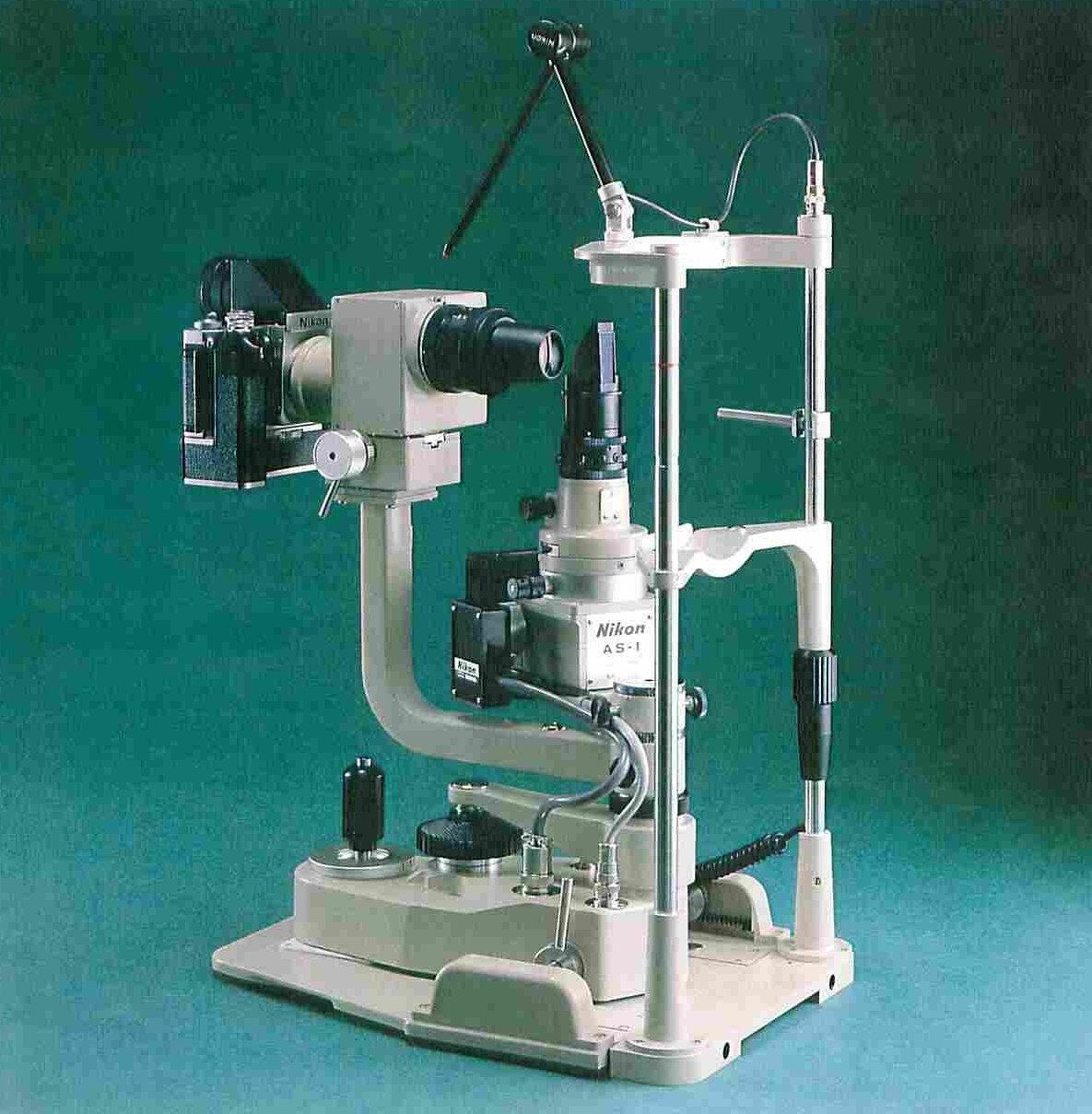
Nikon Ophthalmic Camera AS-1
Mike Symons
A long time ago. It was 14 years ago. It was June 30, 2006.

Mysterious strange Nikon medical lenses Two Japanese doctors Over time, two Japanese doctors have sent me very useful information. Their names are Dr. Hiroshi Yoshikawa and Dr. Tsuneharu Kuwahara. From the explanations of the two doctors, it was found that these lenses are dedicated lenses (objective lenses) for the Nikon Ophthalmic Camera AS-1. I decided to create an answer article based on these information. I am very grateful to the two doctors. Thank you very much to Dr. Hiroshi Yoshikawa and Dr. Tsuneharu Kuwahara. The background of the product I checked the background of the product in Nikon's corporate history. There is an explanation on page 346 of Nikon's 75-year history book, so I quoted it below.
It turned out that the Nikon Ophthalmic Camera AS-1 was released in February 1979. Next, I would like you to look at the product brochure. This is a valuable historical material published by the Eyeglass Division of Nippon Kogaku K.K. (Nikon) on September 15, 1979. Click on the image to enlarge.
Nikon Ophthalmic Camera AS-1 Brochure
Brochure I translated the Japanese version of the brochure into English. High magnification and high resolution Nikon Ophthalmic Camera AS-1 was developed to image corneal endothelial cells. The Nikon AS-1 is an epoch-making photographing equipment that enables high magnification corneal, iris, or crystalline lens slit photography by adopting a high magnification objective lens and high-power slit flash illumination. Furthermore, because it is non-contact, you can obtain more natural and excellent photographing results. Each operation part is carefully finished. It is a high-performance dedicated photo machine. However, it is designed to be compact. Operability is also fully considered. Also clinical use, please make use of Nikon Ophthalmic Camera AS-1 in the field of ophthalmology in the future. Name of each part
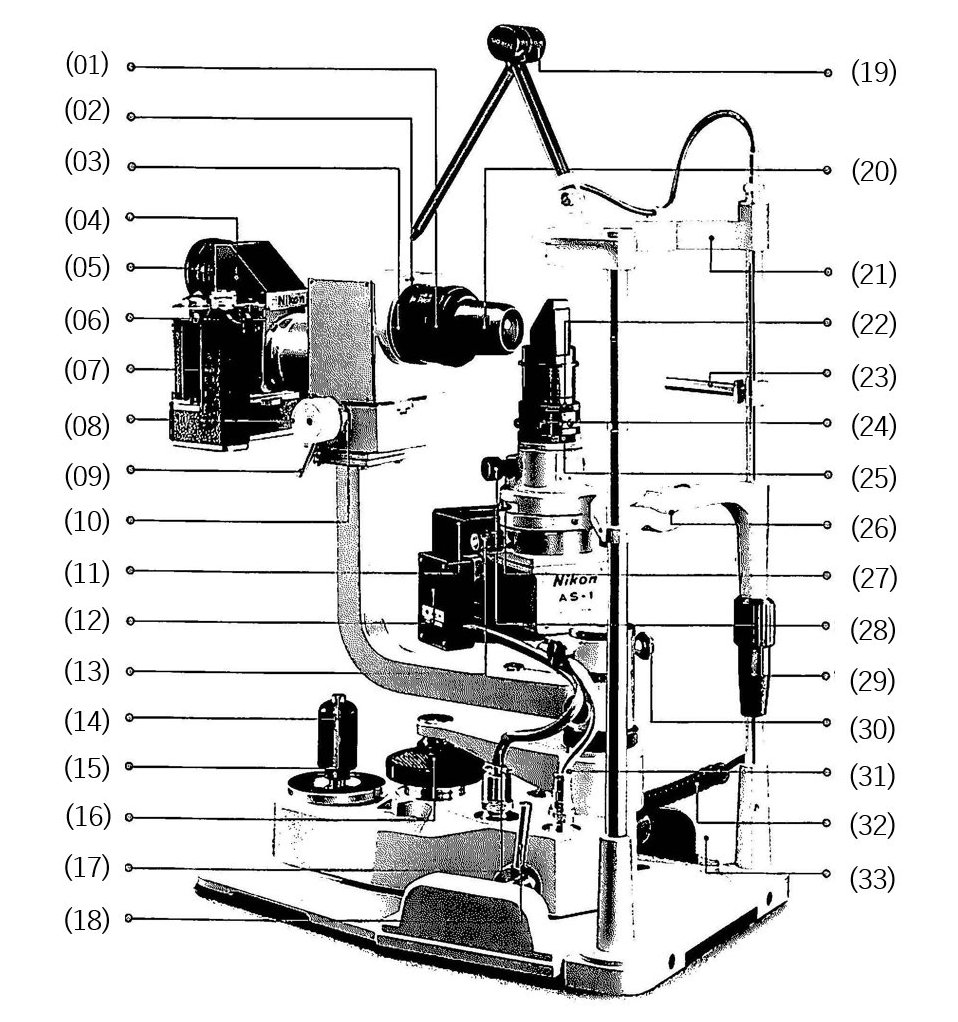
Features of Nikon Ophthalmic Camera AS-1 I translated the Japanese version of the brochure into English. Photographs of the lenses and accessories are taken by Mike Symons of Canada. - Uses high-resolution objective lenses (5x, 10x) The microstructure of the corneal endothelium can also be easily photographed without contact by using a high-resolution 10x objective lens. The 5x objective is ideal for a wide range of anterior segment images.

5x objective lens
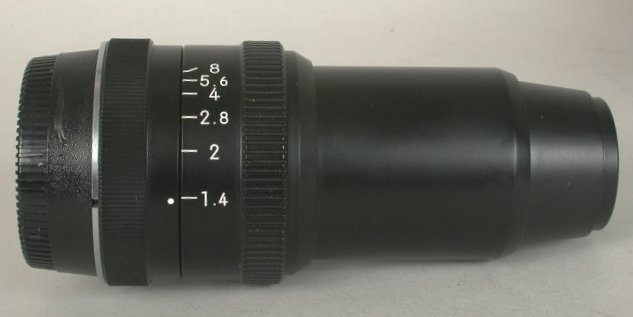
10x objective lens - Uses a bright and easy-to-see special viewfinder Uses a 6x special viewfinder specially developed for high magnification photographing. By combining with an objective lens, you can observe images with high magnification of 30x and 60x. Moreover, the screen with the crosshair for measurement is adopted as a finder screen.
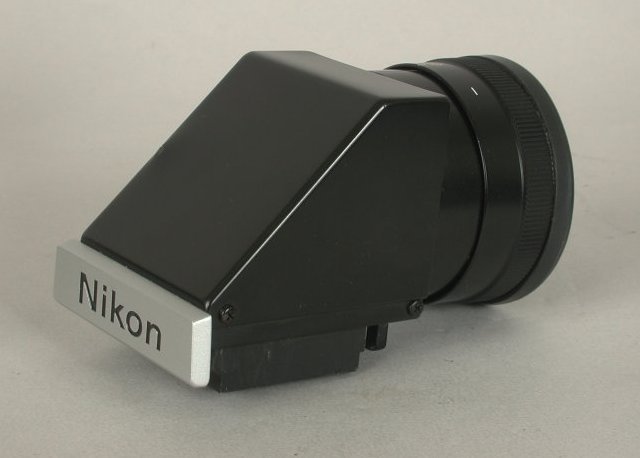
6x special viewfinder
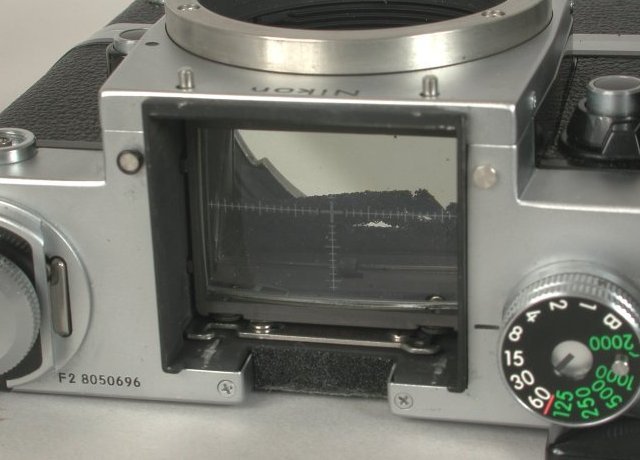
A focusing screen with crosshairs for measurement - Shutter button that accurately captures the moment High-magnification photographing requires extremely precise focusing. The shutter button on the top of the joystick works in conjunction with the motor drive to record the clear image captured by the viewfinder without fail. - Uses halogen lamp A 6V 30W halogen lamp is used as the observation light source. Creates a sharp and bright slit image. - Adopts Nikon's original double slit system Uses a vertical and horizontal double slit system that allows the slit width and height to be freely changed from 0 to 10 mm. Each can be tilted up to 90 degrees, allowing the patient's eye to illuminate the slit 360 degrees. - Uses a band-shaped aperture for special photography Not only the brightness and depth of focus of the slit system by the aperture diaphragm, but also the band-shaped aperture diaphragm is available when you want to deepen the depth of focus of the slit image with the vertical slit and reduce the light loss. - Uses a high-brightness strobe for photographing A 280V / 500WS high-brightness strobe is used as the light source for photography. The output can be adjusted in 5 steps. - Adopts coarse and fine adjustment mechanism in the main body Even a slight misalignment of the main body has a great effect on high magnification photographing. A front-back movement handle and a clamp handle are used to adjust the reference position. It is possible to focus and position the center of rotation.
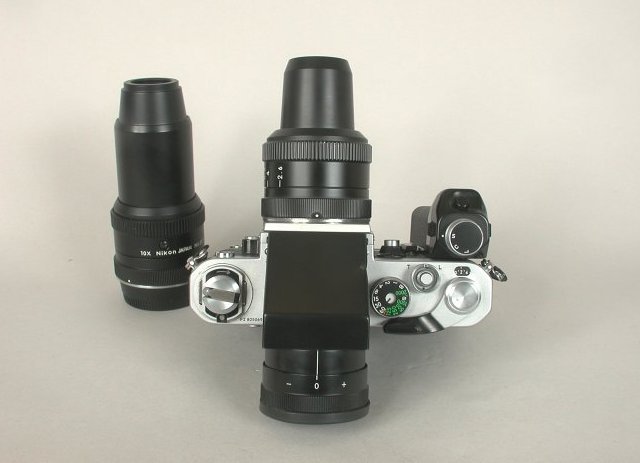
Extremely large eyepiece with 6x special viewfinder Technical data (1) Lighting system
(2) Photographing system
(3) Base mount
(4) Power unit
(5) Height
(6) Weight
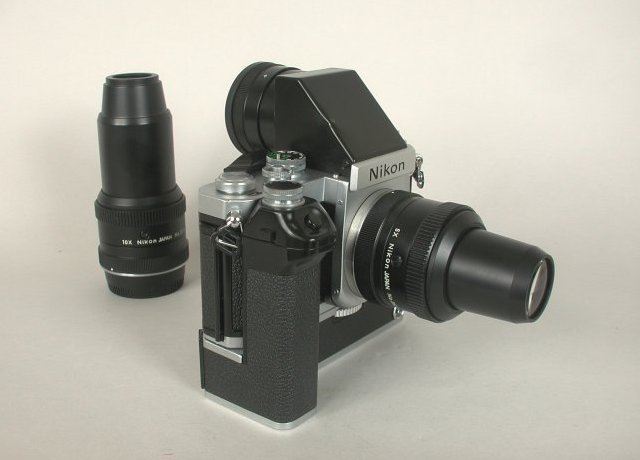
Nikon F2 AS-1 camera and dedicated lenses Price The 2x objective lens was featured in an advertisement of 1981. Therefore, I think the market prices shown below are around 1981.
Nikon Ophthalmic Camera AS-1 Set 1
Nikon Ophthalmic Camera AS-1 Set 2

Nikon Ophthalmic Camera AS-1
Next Page Articles → Next Chapter 2 Nikon Ophthalmic Camera AS-1 Lenses Shortcuts Here
Chapter 1
Nikon Ophthalmic Camera AS-1
Copyright Michio Akiyama, Tokyo Japan 2020, 2021
|
